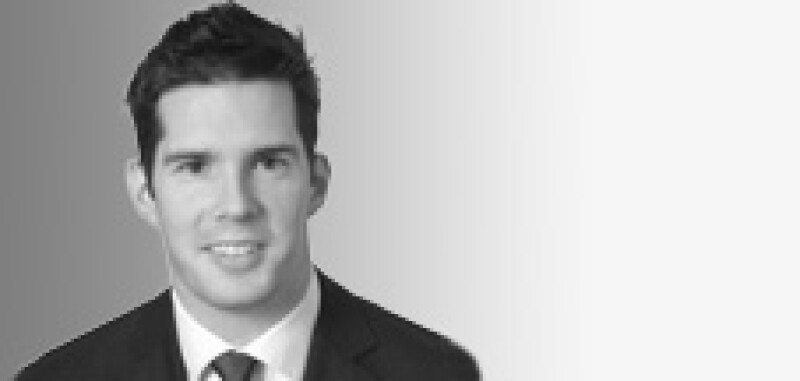
The Federal Circuit held in 2005 (Merck), and reiterated in 2013 (Galderma), that commercial success of a patented drug is “minimally probative” of nonobviousness where market entry by potential competitors was “blocked” at the time of invention by an earlier patent.
The claims at issue in Merck recited treatment of osteoporosis with a weekly dose of “about 70 mg” of Fosamax. When the regimen was invented, Merck held an unexpired patent broadly covering treatment of osteoporosis with Fosamax, and articles by a Dr Mazess suggested an 80 mg weekly dose.

Sean McDonagh
The Federal Circuit in Merck determined that:
Financial success is not significantly probative […] because others were legally barred from commercially testing [Dr Mazess’s] ideas. Dr Mazess, for example, could not put his ideas to practice […] — he could only exhort Merck to try it. They did.
The Merck opinion, however, does not explain why Mazess or others could not have sought and licensed a patent on the follow-on regimen or “commercially tested” the regimen upon expiration of the “blocking” patent.
Fosamax
The facts of Galderma likewise do not establish that competition was “legally barred". “Blocking” patents are not necessarily insurmountable; drug companies routinely in- and out-license patents, and indeed frequently sell drug franchises outright, permitting the acquirer to develop follow-on methods and formulations based on market incentives.
The Merck and Galderma rulings further assume that commercial success is only relevant to obviousness because it permits a “failure of others” inference based on financial incentive. However, commercial success can objectively indicate an invention’s non-obviousness in other ways.
For example, commercial success can signify a substantial technical improvement over the prior art, such that purchasers buy more of the invention than its existing alternatives. From this perspective, the significance of commercial success is not negated by “blocking” patents.
No bright-line rule?

Obviousness remains a legal conclusion based on underlying facts; the probative value of commercial success thus should depend on the facts of a given case. Notwithstanding Merck and Galderma, several district courts concluded that commercial success was probative despite the existence of alleged “blocking” patents. Notably:
The District Court for the Northern District of California held, despite remand from the Federal Circuit with instructions to “consider the impact of the Merck analysis,” that sales of a patented formulation derived from the “entire combination” claimed in the patent, and thus supported a conclusion of nonobviousness. The court’s finding was based on the fact that the patented formulation consistently outsold a related product with the same API but different excipients.
The District Court for the Southern District of Indiana denied a generic defendant’s motion in limine to exclude sales evidence in light of the plaintiff’s earlier compound patent, crediting the patentee’s expert’s testimony that “a third party would not have been prevented from developing and patenting the [claimed regimen] and then licensing it to [the plaintiff],” with testing permitted under the safe harbour provisions of the Hatch-Waxman Act.
Where the patentee had in-licensed a patented compound shortly before inventing the claimed combination therapy, Delaware District Court Judge Richard G Andrews found that the facts did not present “a situation where a patentee was able to ‘block’ others from attempting to make the claimed inventions for many years,” and thus “the inference that the commercial success was due to ‘blocking patents’ is lessened".
Litigants should be mindful of the Federal Circuit’s view as well as the ways in which district courts have relied on commercial success evidence to find in favour of non-obviousness even when “blocking” patents exist.










